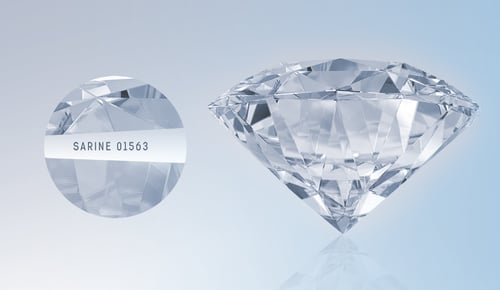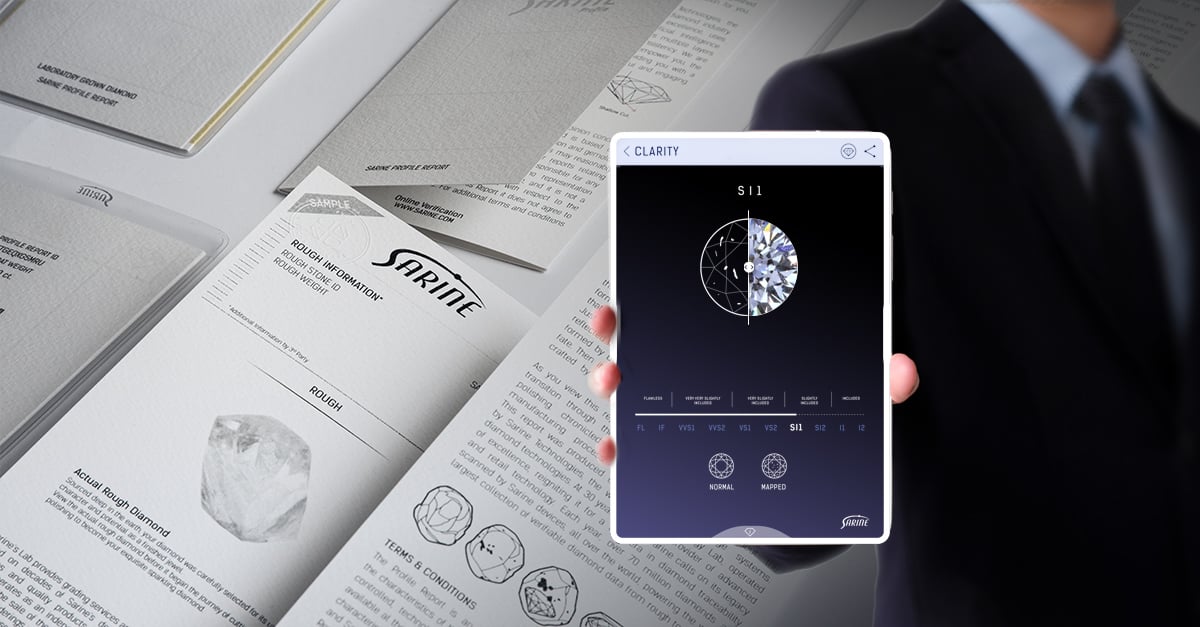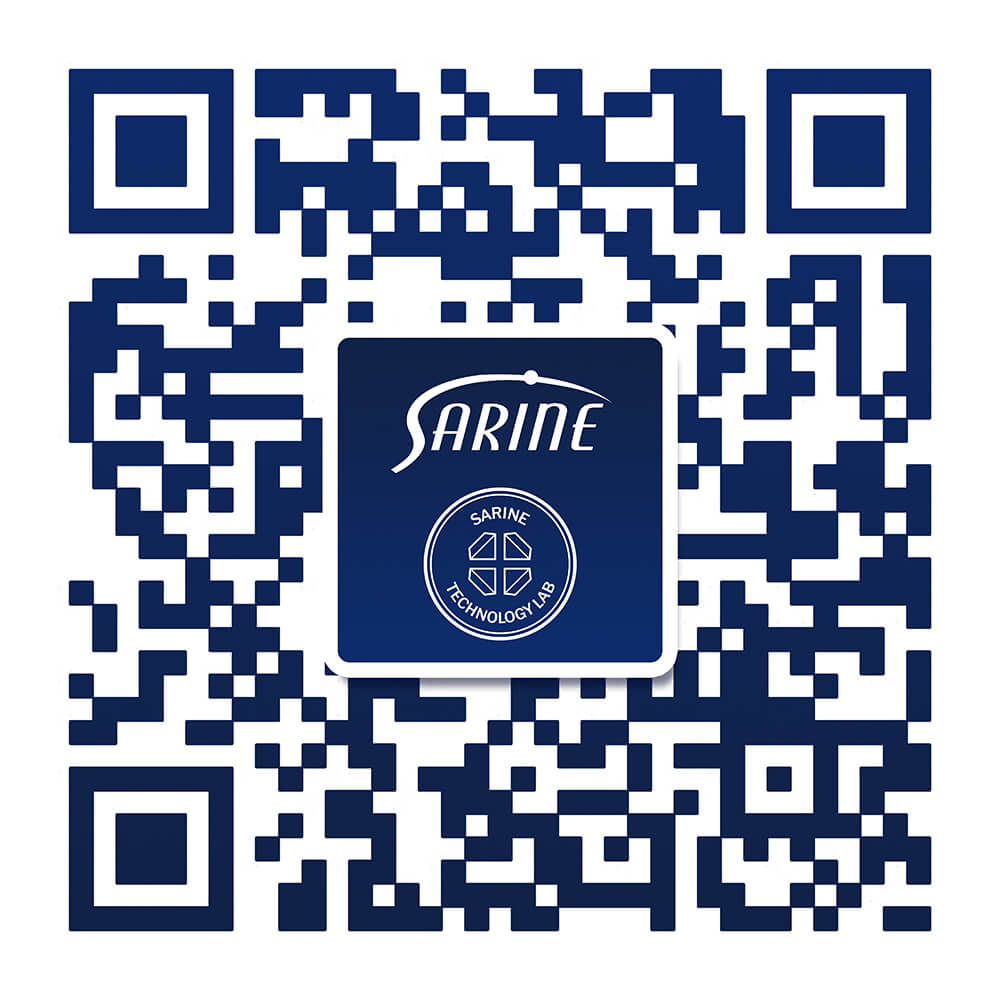Are you on the hunt for the perfect diamond but feeling lost in the sea of options? We get it. Choosing the right diamond involves more than just a dazzling sparkle; it's about understanding its true worth.
As you navigate the overwhelming choices and delve into the world of the 4Cs (Cut, Color, Clarity, and Carat), you might find yourself drowning in confusion. Why do seemingly identical diamonds vary in price? What makes one diamond shine brighter than the other?
Reliable and trustworthy diamond reports are your beacon of clarity in this intricate process. Diamond reports provide you with the key to understanding the quality and character of your chosen gem.
But what exactly do they entail? What should you expect from the accompanying report? Our guide will demystify the world of diamond reports, empowering you to confidently choose the diamond that truly captures your heart.
Diamond Reports: A Part of Every Diamond Shopping Experience
Diamond reports are meant to be comprehensive documents that provide a detailed assessment of a diamond's quality, authenticity, and unique attributes. These reports are issued by gemological laboratories, where the diamond is scanned, examined, measured, and analyzed by gemologists.
The information gleaned from this examination of the diamond is entered into the report and assigned to the diamond. Wherever the diamond goes next – to the wholesaler and/or retail store – the diamond report goes with it, providing information to help jewelers sell diamonds and customers to purchase the best diamond for their tastes and budget.
However, it's crucial to recognize that not all grading labs maintain the same level of accuracy, and their expertise and quality vary. Conducting thorough research to identify reputable diamond grading labs is a vital step in making well-informed decisions that instill confidence.
2.jpg?width=500&height=261&name=2023%20blog%20General%20Printed%20Report%20(LP)2.jpg)
Why Diamond Reports Matter
When a customer is shopping for a diamond, they are not simply looking for a product. Diamonds are filled with meaning and symbolism. They are a way to commemorate the most important milestones of life – engagements, anniversaries, and the birth of a child. They represent love, devotion, and commitment. Diamonds are forever, as the popular slogan goes.
Besides the deep emotional aspect of buying a diamond, there is also the practical side. Many people will only buy one or two diamonds in their lifetime. Diamonds are a costly and high-end investment, and consumers usually take their time in making a purchase decision. They must get it right. This is the moment when diamond reports become a vital element of the buyer’s journey.
Let’s take a look at why diamond reports matter so much to the consumer, and to the diamond industry as a whole:
Quality assurance: Diamond reports are designed to provide an objective and unbiased evaluation of a diamond's quality. They serve as a guarantee that the diamond you're purchasing meets industry standards and matches the seller's description.
Informed decision-making: Armed with a reliable diamond report, you can make informed choices when comparing diamonds from different sources. This allows you to evaluate diamonds based on their characteristics and determine which one offers the best value for your budget.
Authenticity and provenance: A diamond report provides proof that a diamond is genuine and not a synthetic or imitation stone. It establishes the diamond's authenticity, giving you confidence in your purchase.
Enhanced resale value: If you ever decide to resell your diamond, having the report significantly enhances its saleability. Buyers are more likely to trust the quality and authenticity of a diamond if it comes with a report from a reputable lab.
Insurance coverage: Many insurance companies require a diamond's report to accurately determine its value. In case of loss, theft, or damage, having this document is essential for filing a claim.
What's Included In A Diamond Report?
Diamond reports include a wide range of information about the diamond, and there may be variations between the types of information that the different gem labs provide. Let’s explore what you are likely to see in a typical diamond report:
- Diamond ID: The report begins with a summary of the diamond’s features, including its shape, measurements, carat weight, and any unique features such as fluorescence.
- Certificate number: Each report has a unique certificate number, which allows for easy verification of its authenticity. You can cross-check this number with the issuing lab's database to ensure the report is genuine.
- 4Cs Grading: The 4Cs (Cut, Color, Clarity, Carat) are the benchmark standard for diamond reports. It is probably the most well-known and relied-upon element of diamond reports.
-
- Cut: The cut grade evaluates the diamond's proportions, symmetry, and polish, all of which directly impact its brilliance and sparkle. The scale typically includes Excellent, Very Good, Good, Fair, and Poor.
-
- Color: The report provides a color grade on a scale from D (colorless) to Z (light yellow or brown). The closer the grade is to D, the more valuable the diamond is considered to be.
-
- Clarity: Clarity refers to internal or external imperfections, known as inclusions and blemishes, which appear in a diamond. The clarity grade ranges from Flawless (no imperfections visible under 10x magnification) to Included (imperfections visible to the naked eye).
-
- Carat: The carat weight indicates the size of the diamond. It's important to note that carat weight is not the same as size; two diamonds with the same carat weight can have different physical dimensions based on their proportions.
.jpg?width=500&height=349&name=Clarity%20tech%20look%20(2).jpg)
- Fluorescence: If a diamond exhibits fluorescence when exposed to ultraviolet light, the report will mention it. Fluorescence can affect a diamond's appearance, though its impact varies depending on personal preference.
- Dimensions & proportions: The report may include measurements of the diamond's table size, crown angle, pavilion depth, and more. These details provide insight into the diamond's overall cut quality.
- Provenance: The diamond’s source mine and other provenance details are included in traceability diamond reports, such as the Sarine Diamond Journey report. This information is extremely valuable, as it requires specialized secure technology to accurately trace a diamond’s true origins and history.

- Plot diagram: Many reports include a diagram that illustrates the diamond's inclusions and blemishes. This visual representation helps buyers understand the diamond's clarity characteristics.
- Light performance: More advanced diamond reports may include a light performance grade, which measures the way the diamond interacts with light. This plays a very important role in the way the diamond sparkles and shines. Sarine Reports include four parameters of light performance (Brilliance, Sparkle, Fire & Symmetry) and an overall light performance grade.
.jpg?width=500&height=261&name=2023%20blog%20Light%20Performance%20brilliance%201200X627%20(1).jpg)
- Laser inscription: Some diamonds have microscopic laser inscriptions on the girdle with a unique identification number. This feature assures authenticity and can be linked to the grading report.

Diamond Reports Are Your Best Friend
During your diamond-buying journey, make sure you use reports to your advantage. They are invaluable tools for helping you understand a diamond’s true qualities, so you can accurately compare diamonds, verify their authenticity, and make educated decisions. With a diamond report in hand, you can be sure to select the perfect diamond for your special someone and important milestone. And you can relax and enjoy, knowing that you can confidently approach the diamond shopping experience!


.jpg)


-1.jpg?width=310&name=blog_image%20(003)-1.jpg)





